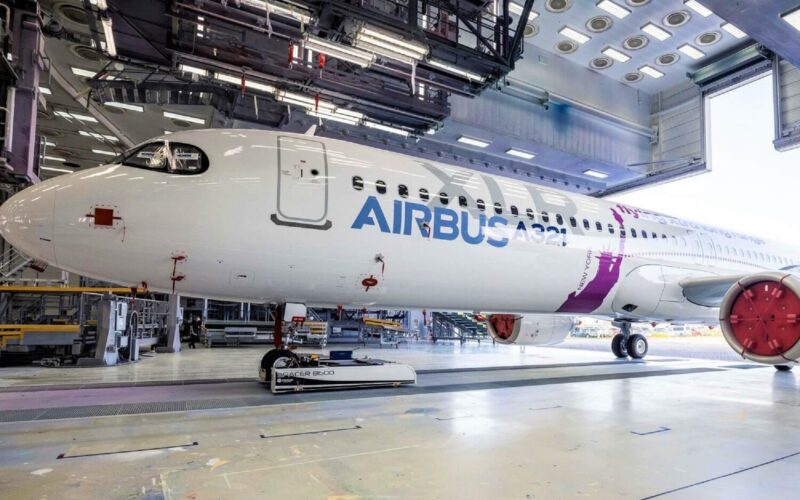EASA sides with FAA design requirements for Airbus A321XLR tank

The European Union Aviation Safety Agency (EASA) has sided with the Federal Aviation Administration (FAA) in its request for design adjustments to be made to the body of Airbus A321XLR aircraft.
The European regulator insisted that design changes be made to the A321XLR Rear Center Tank (RCT), arguing that the tank would need to be redesigned to avoid serious fire risks that could occur in the event of a survivable crash.
“EASA identified the need to prescribe special detailed technical specifications (named Special Conditions) to ensure adequate occupants protection against the risks of external fire and burnthrough, fuel vapour ignition and fuel tank explosion as well to ensure crashworthiness of this fuel tank so that no fuel is released in sufficient quantities so to start a serious fire in an otherwise survivable crash event,” the EASA document released on December 8, 2022, reads.
According to the agency, the fuel tank should be installed in a specific aircraft fuselage area “that is not likely to fail or rupture in a survivable crash condition exceeding the applicable existing emergency landing conditions”.
The European regulator also suggested that Airbus consider including some additional fuselage design features, such as a bladder and crushable structure, which could “mitigate the effects of impact and scraping on the ground, including contact with obstacles”.
EASA’s document follows a request from the FAA issued to Airbus asking the planemaker to make some modifications to the fuselage of the A321XLR. Since the RTC tank is located at the lower fuselage area, which partially replaces the rear cargo compartment in comparison to older generation planes, the FAA said Airbus will need to lower half of the fuselage near the longitudinal RCT area.
As per the FAA’s request, the area should be made fire-resistant, diminishing potential safety risks to passengers.
